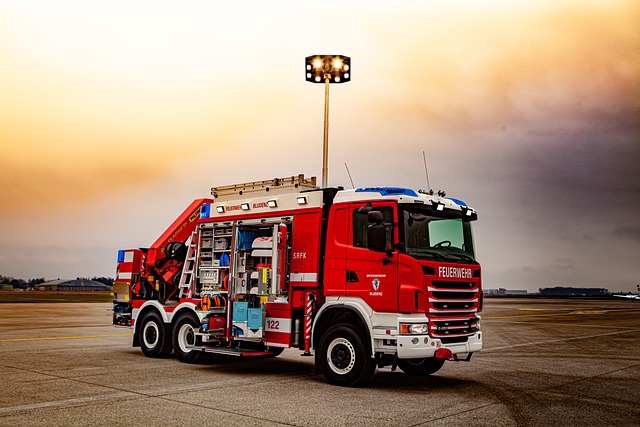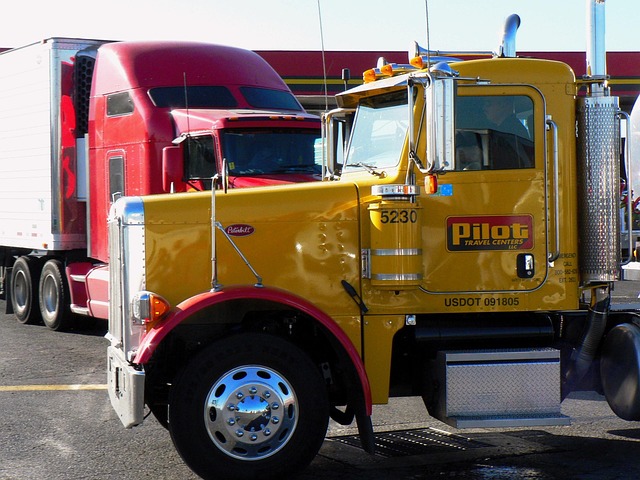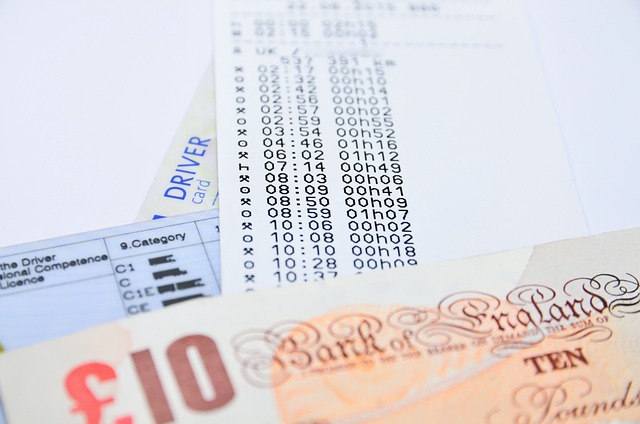Physical damage coverage is a crucial risk management tool for owner-operators, protecting their businesses from financial losses due to property damage caused by fires, storms, floods, theft, and more. This coverage enables swift recovery, minimizes downtime, maintains service levels, and strengthens business relationships. For effective protection, owner-operators should conduct thorough risk assessments, tailor insurance policies, maintain detailed records, stay updated with providers, and proactively manage their coverage.
In today’s unpredictable business landscape, ensuring uninterrupted operations is paramount. Leveraging Physical Damage Coverage offers owner-operators a crucial safety net against unforeseen events causing physical harm to their assets. This article delves into understanding this critical insurance, highlighting why it’s indispensable for owner-operators. We explore key components of effective coverage and provide strategies to maximize its benefits, fostering business continuity and resilience in the face of physical damage.
Understanding Physical Damage Coverage for Business Protection

Physical damage coverage is a crucial aspect of risk management for business owners, especially owner-operators who face various perils that could disrupt their operations. This type of insurance protection is designed to safeguard businesses against financial losses resulting from physical damage to property, assets, and infrastructure. By understanding what’s covered under this category, owner-operators can ensure they have a robust safety net in place.
It typically includes protection against events like fires, storms, floods, earthquakes, vandalism, and theft. For businesses with tangible assets, such as manufacturing facilities, retail stores, or office spaces, physical damage coverage plays a pivotal role in maintaining stability and continuity. It enables owners to quickly recover and rebuild, minimizing downtime and potential revenue loss.
Why Owner-Operators Need This Essential Safety Net

Owner-operators, whether they manage a small fleet or a large logistics operation, cannot afford to overlook the importance of physical damage coverage as an essential safety net. In today’s dynamic business landscape, where unforeseen circumstances can disrupt operations at a moment’s notice, this type of coverage provides a crucial layer of protection. Physical damage, ranging from vehicle accidents to natural disasters, can cause significant financial losses, disrupt supply chains, and even pose safety risks to personnel. Without adequate coverage, owner-operators might find themselves vulnerable, facing not only monetary burdens but also the potential for long-term operational instability.
Having physical damage coverage ensures that owner-operators can navigate these unpredictable challenges with greater resilience. It allows them to quickly replace or repair damaged assets, minimize downtime, and maintain uninterrupted service levels. This proactive approach not only fosters business continuity but also strengthens relationships with clients and partners who rely on consistent performance. By prioritizing physical damage coverage, owner-operators demonstrate a commitment to safety, reliability, and long-term success in an ever-changing business environment.
Key Components of Effective Physical Damage Insurance

Effective physical damage coverage for owner-operators involves several key components that work together to ensure business continuity. Firstly, comprehensive property insurance is essential, covering both the physical assets and inventory of the business against damages from perils like fire, flood, wind, and vandalism. This includes buildings, equipment, vehicles, and any other tangible resources crucial to operations.
Secondly, extra coverage for business interruption should be considered. This ensures that owner-operators receive financial support during periods when their operations are suspended due to covered physical damage. It helps maintain cash flow, enabling businesses to recover and rebuild faster, thereby minimizing the impact of disruptions on their overall continuity.
Strategies to Maximize Coverage Benefits for Continuous Operations

To maximize the benefits of physical damage coverage for continuous business operations, owner-operators should implement several strategic measures. Firstly, conduct thorough risk assessments to identify potential hazards and vulnerable areas within the operation. This involves regularly inspecting facilities, equipment, and infrastructure to understand their resilience against physical damage. Based on these findings, tailor insurance policies to specifically cover these identified risks, ensuring comprehensive protection.
Additionally, maintain detailed records of all assets, including maintenance schedules and replacement values. This information is crucial for quick and accurate claims processing in the event of physical damage. Regular communication with insurance providers is also essential to stay updated on policy limitations, exclusions, and any necessary endorsements. By proactively managing these aspects, owner-operators can leverage physical damage coverage effectively, fostering business continuity and resilience.
Physical damage coverage is an indispensable tool for owner-operators looking to safeguard their businesses against unforeseen events. By understanding and leveraging this insurance, they can ensure business continuity, quickly recover from disruptions, and protect their investments. With the right strategies in place, owner-operators can maximize the benefits of physical damage insurance, creating a resilient foundation for long-term success.
